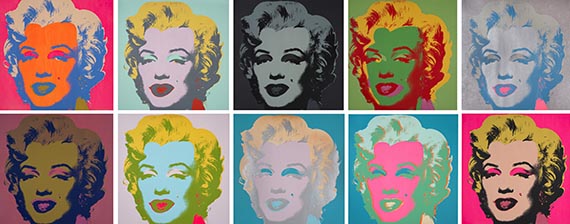Dictionary


Scraperboard drawing (mezzotint)
Scraperboard (US: scratchboard) drawing derives from mezzotint, a low-relief printing process developed in 1642 by Ludwig von Siegen and much used in English portraiture in the 17th and 18th centuries. Whereas mezzotint uses a rocking tool (cradle) with a serrated front edge to roughen a smooth copper plate, scraperboard drawing, a technique developed in the 19th century and widely used in commercial art, is done on a specially coated cardboard with special scraperboard tools: the standard blade is triangular but there are also curved-edge tools and multiliner tools for drawing parallel lines. In mezzotint, on the other hand, the rocking tool creates a pitted surface on the copper plate, that is worked on until a dense, uniform raster is produced that ensures uniform, velvety, dark surfaces on which lighter parts can be created by working with an engraver's scraper or a burnisher. The more the roughened mezzotint plate is smoothed and burnished, the less ink it can take and hold and the lighter the print tone. Mezzotint is a time-consuming and elaborate process used for creating painterly effects. Scraperboard drawings, on the other had, produces white-line-on-black drawings that in reproduction look like wood engravings and are excellent for reproduction since irregularities in the original drawing are smoothed away. Scraperboard is, therefore, usually used for published illustration and graphics rather than for one-off pieces.
Scraperboard (US: scratchboard) drawing derives from mezzotint, a low-relief printing process developed in 1642 by Ludwig von Siegen and much used in English portraiture in the 17th and 18th centuries. Whereas mezzotint uses a rocking tool (cradle) with a serrated front edge to roughen a smooth copper plate, scraperboard drawing, a technique developed in the 19th century and widely used in commercial art, is done on a specially coated cardboard with special scraperboard tools: the standard blade is triangular but there are also curved-edge tools and multiliner tools for drawing parallel lines. In mezzotint, on the other hand, the rocking tool creates a pitted surface on the copper plate, that is worked on until a dense, uniform raster is produced that ensures uniform, velvety, dark surfaces on which lighter parts can be created by working with an engraver's scraper or a burnisher. The more the roughened mezzotint plate is smoothed and burnished, the less ink it can take and hold and the lighter the print tone. Mezzotint is a time-consuming and elaborate process used for creating painterly effects. Scraperboard drawings, on the other had, produces white-line-on-black drawings that in reproduction look like wood engravings and are excellent for reproduction since irregularities in the original drawing are smoothed away. Scraperboard is, therefore, usually used for published illustration and graphics rather than for one-off pieces.
Offers
Headquarters
Joseph-Wild-Str. 18
81829 Munich
Phone: +49 89 55 244-0
Fax: +49 89 55 244-177
info@kettererkunst.de
Louisa von Saucken / Undine Schleifer
Holstenwall 5
20355 Hamburg
Phone: +49 40 37 49 61-0
Fax: +49 40 37 49 61-66
infohamburg@kettererkunst.de
Dr. Simone Wiechers / Nane Schlage
Fasanenstr. 70
10719 Berlin
Phone: +49 30 88 67 53-63
Fax: +49 30 88 67 56-43
infoberlin@kettererkunst.de
Cordula Lichtenberg
Gertrudenstraße 24-28
50667 Cologne
Phone: +49 221 510 908-15
infokoeln@kettererkunst.de
Hessen
Rhineland-Palatinate
Miriam Heß
Phone: +49 62 21 58 80-038
Fax: +49 62 21 58 80-595
infoheidelberg@kettererkunst.de
We will inform you in time.




